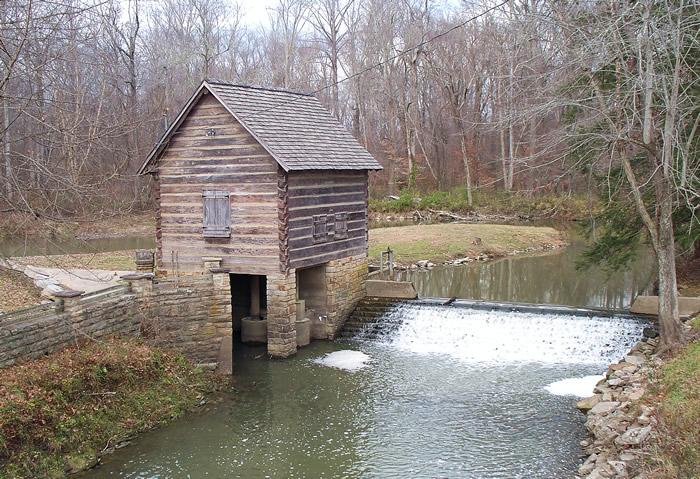
McHargues Mill
Laurel Co. | Kentucky | USA
Watersource: Little Laurel River.
McHargues Mill
The mill is in Levi Jackson Wilderness Road State Park, 1 mile east of US 25 on Sh 1006/Levi Jackson Mill Road about 3-4 miles south of London, Ky. The address is 998 Levi Jackson Mill Road.
View Larger Map

McHargue's Mill, built in 1812, on the banks of Lynn Camp Creek, in Knox Co., Kentucky was probably the first water-powered grist and saw mill in Southeastern Kentucky.GPS: 37D 5.05'N, 84D 3.27'W Ele. 1,158'/353 meters Lily Quadrangle
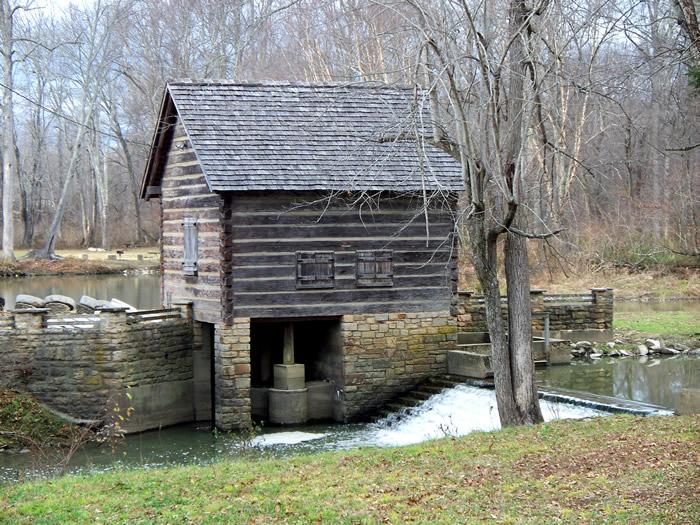
William McHargue, wife Sarah, two married sons Alexander and John and their wives, and single sons William II and Samuel, 17 and 13 resectively, came from North Carolina via Tennessee, fially settling along Lynn Camp Creek. Fortifications were built for protection from the Indians and the corn mill was established using conical shaped burrs.
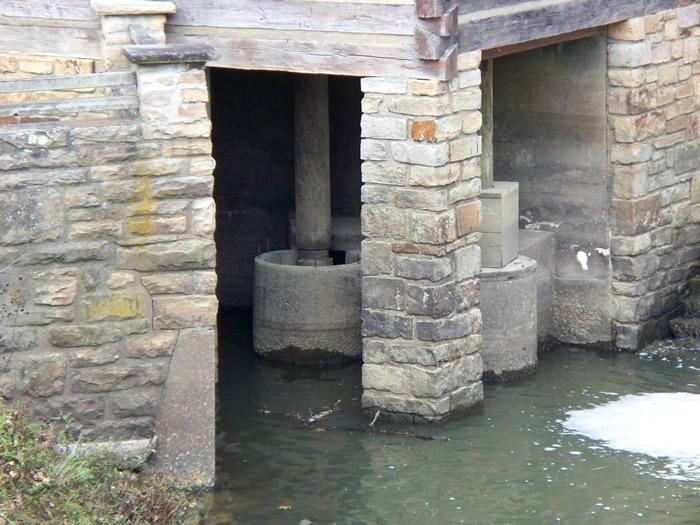
The burrs, imported from France, were brought from North Carolina, through the Clinch River Valley and the Cumberland Gap over the Wilderness Road cut out by Daniel Boone.
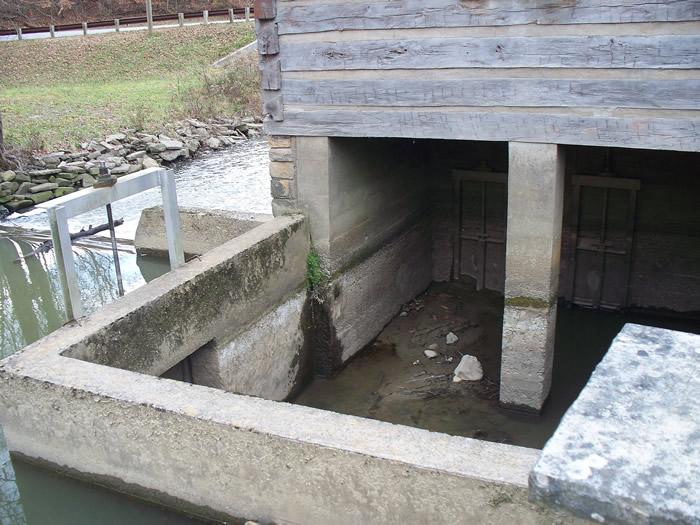
The replica mill, now located in Levi Jackson State Park outside London, Ky. uses turbines to grind corn meal, but the original conical burrs are located on the grounds, that includes one of the largest millstone collections in the country.

The millstone collection sign at the mill. The McHargues farmed and raised stock; sheep, cattle, and horses, along with the usual lesser livestock nesessary for frontier life; and manufactured cloth in their homes, ground meal at the gristmill, and produced lumber at the sawmill.
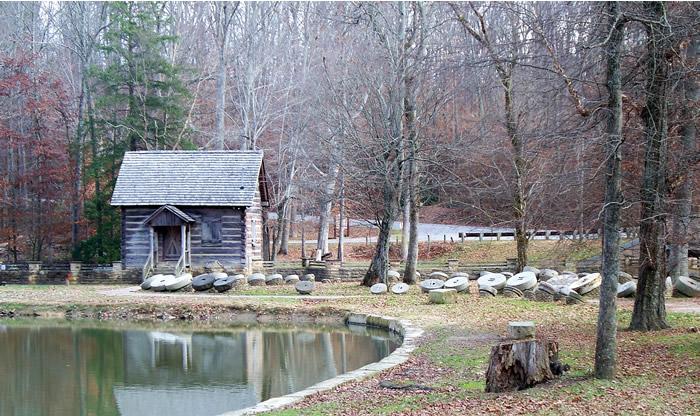
William died when William II was 50 years old. He subsequently inherited half of his father?s plantation, grist and saw mills. Perhaps the other half went to older brother John, who also had a mill on Robinson Creek. William II also built a grist/corn mill on Robinson Creek between 1817 and 1820.
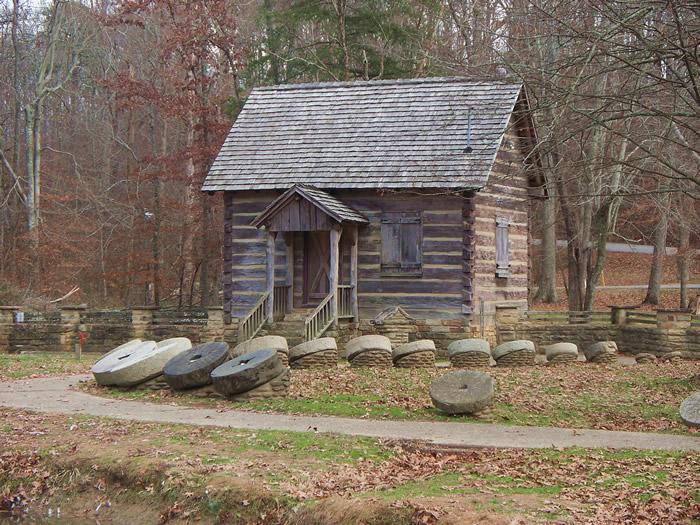
Some of the millstone collection displayed around the replica, operating mill in the park. Williams grandson thru William II, Henderson McHargue, born 1926, eventually built a new grist, corn, and carding mill, all in one frame structure; and powered it by steam. The machinery came from Lexington using ox-drawn wagons, the boiler requiring twelve yoke of oxen.
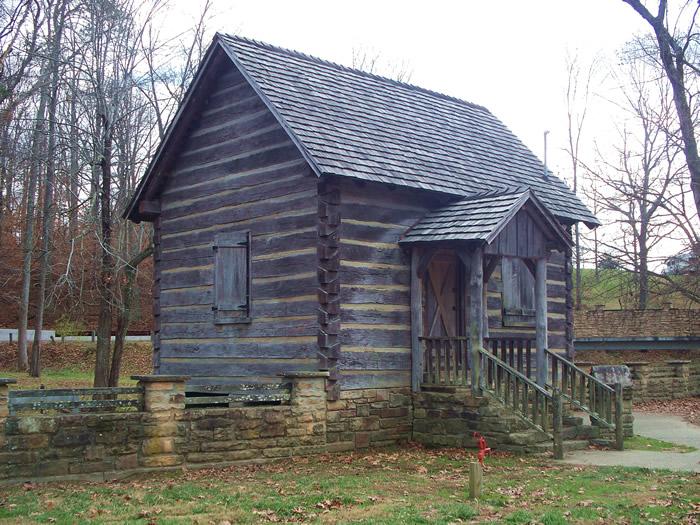
Three grades of flour were ground, also bran, corn meal, and wool was carded. All drawing customers from neighboring countires. Barns were avaiable for horses and overnight lodging was located in the camp house in the mill yard for patrons from a distance.
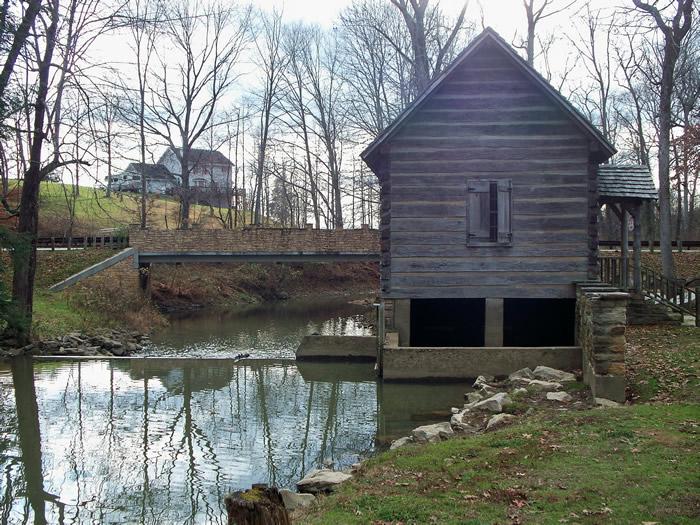
The mill area became an attraction especially in late summer and fall, as fishing, horse swapping, childrens games, and shooting matches were carried out all the while grinding and wagon and implement repairs were accompished.